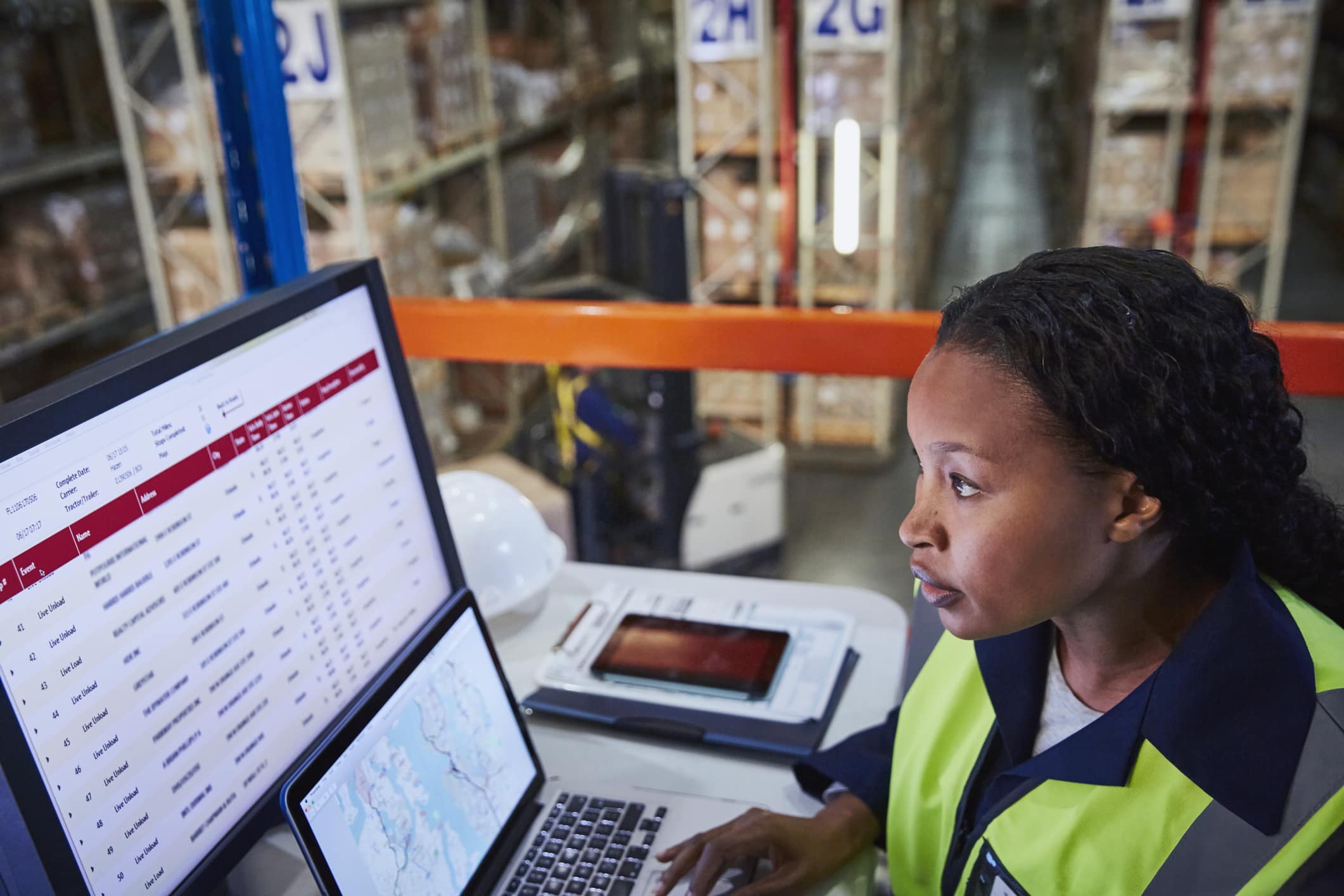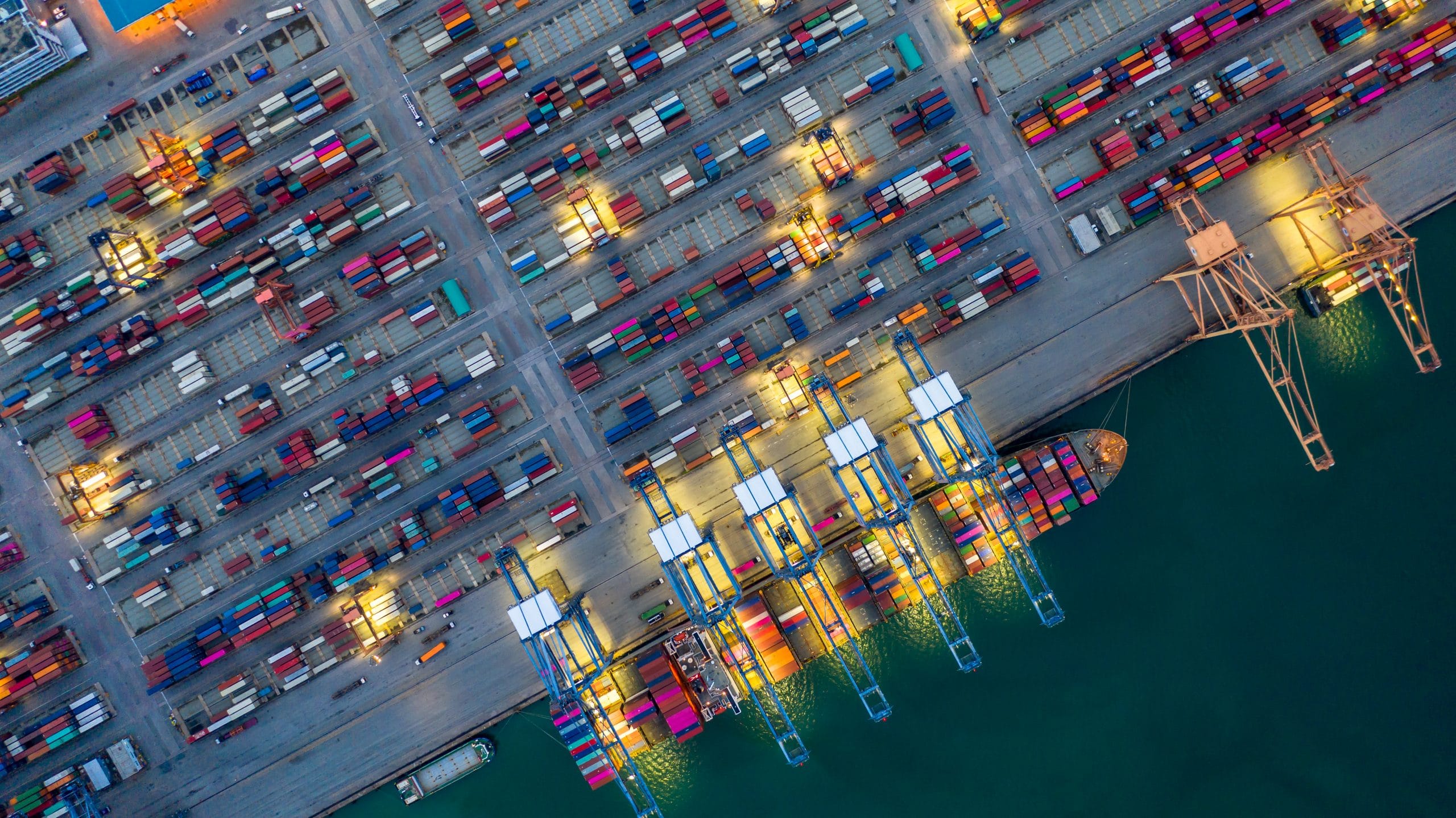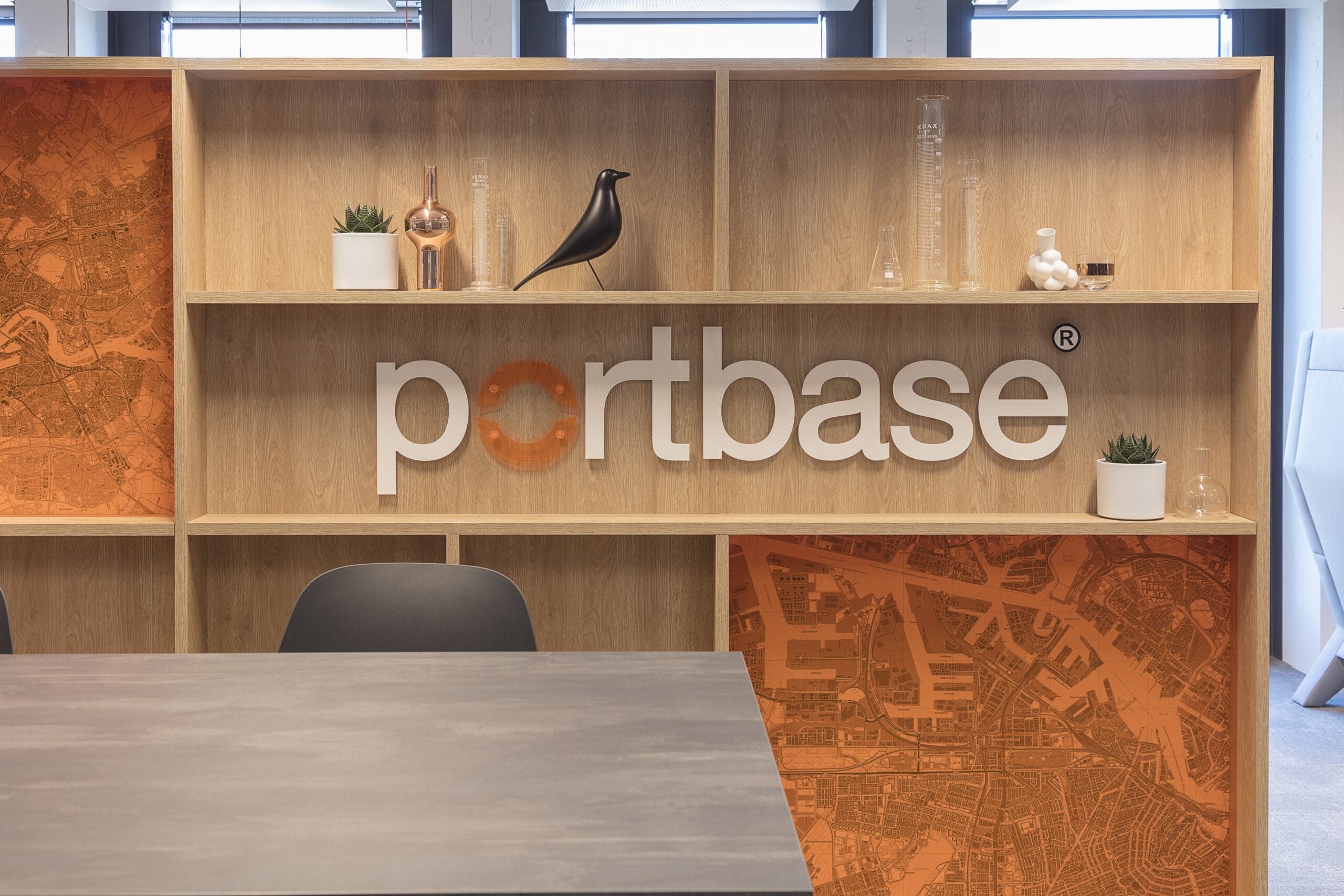Sustainability is an increasingly important issue for port logistics companies. As a neutral logistics platform, Portbase wants to help the community move forward in this area. After all, as well as improving quality, digitalisation results in increased efficiency, which in turn is the basis for more sustainable operations. A recently developed emissions reduction model shows the potential CO2 savings from using the Port Community System (PCS).
“We worked with research firm Ecorys to develop the emissions reduction model”, says Stephanie van den Berg. As Lead Sustainability, she is responsible for sustainability efforts at Portbase. “The model gives companies concrete insight into their potential sustainability gains from using Portbase services, and in particular the emissions reductions they could achieve by participating in our services Notification Import Documentation, Notification Export Documentation and Hinterland Container Notification.”
Making potential CO2 savings tangible
For the model, Ecorys made realistic calculations of potential emissions reductions from using the relevant Portbase services. Stephanie: “Think better flow at terminals, fewer empty chassis, less stopping and waiting, better capacity utilisation and a modal shift. The results are visible in the model as potential savings in tons of CO2 and in euros. These figures have also been translated into the number of trees, flights between Amsterdam and Rome, train trips between Amsterdam and Paris, years of driving a petrol-powered car and years of electricity consumption by an average Dutch household. Overall, we can say that the figures do show that digitalising the ports – and hence making them more efficient – also contributes to making them more sustainable.”
Sustainability a key component of strategy
The emissions reduction model is one of the elements in a more comprehensive sustainability strategy for the period 2023 – 2025. Through this strategy, Portbase wants to further contribute to meeting the sustainability challenges facing the community. Stephanie: “In the sustainability strategy, we define three areas of focus: our own organisation, our portfolio of services for the market and the larger ecosystem within which we operate at Portbase.”
Concrete actions
The detailed mapping of Portbase’s own footprint is scheduled for 2024. Stephanie anticipates a positive outcome. “We already have a sustainable mobility policy, explicitly focus on employee safety and vitality, are located in a sustainable building certified as BREEAM excellent, and our services run in a cloud that will be 100% green by 2025.”
The emissions reduction model is one of the tools in the portfolio of services provided to customers. “When expanding existing services and developing new ones, we will also be actively promoting sustainability by including emissions reduction in our prioritisation”, says Stephanie. “Finally, in the larger ecosystem, our primary focus is on disseminating or acquiring knowledge, nationally and internationally, and forming coalitions. The ultimate goal is emission-free ports by 2050.”
Taking a lead for the community
How and in what role Portbase can further contribute to making ports more sustainable in the coming years is an open question for Stephanie. “The emissions reduction model shows that digitalisation has concrete effects. Now we are trying to identify the appropriate next steps. What does the community need? We want to identify future sustainability trends and catalogue the rapidly increasing volume of laws and regulations. What impact will they have on the ports’ core processes? More and more actors are realising that now is the time to act. As a neutral umbrella organisation of and for the community, we enjoy engaging with our customers, in customer panels and our strategic advisory board. We like to hear what our customers’ needs are in terms of making port logistics more sustainable. With the help of digitalisation, we can do a lot more in terms of sustainability!”





